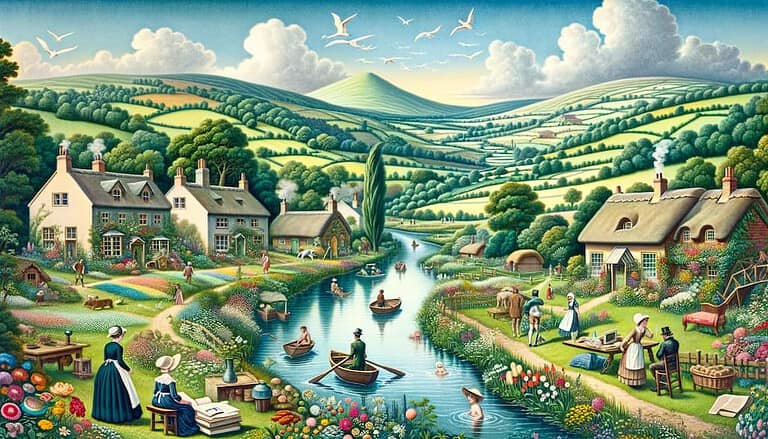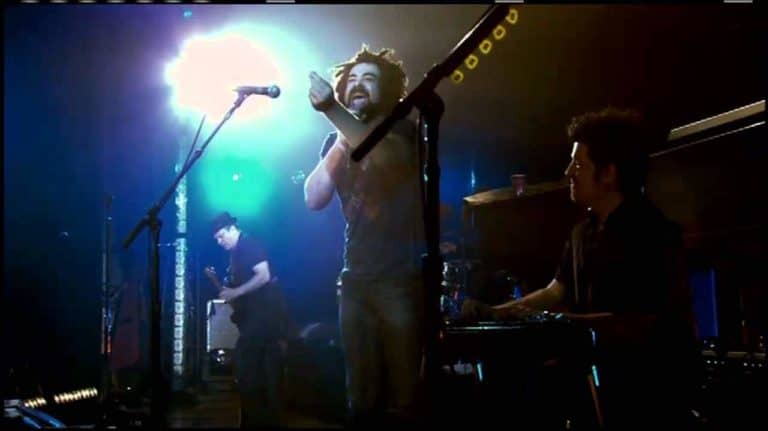Utopia did not inspire William Morris as no references exist. he might have read Samuel Butler’s Erewhon (1871), whose title is an inversion or reversal of “nowhere”. In this book, the world is enslaved by machines that become so powerful and intelligent.
Morris’s utopia is suspicious about machines. It is hard to make a clear distinction between political manifestos and utopias. Socialist books can sound like utopias. Owen, Fourié anticipated Karl Marx. Is News From Nowhere a manifesto or a deliberate romance? If you read the subtitle you get the answer though it is not clear-cut.
William Morris: Life and Works
In the article “How I Became a Socialist”, published in 1819, Morris said, “Apart from a desire to produce beautiful things, the leading passion of my life is hatred of modern civilisation”. The central concept of beauty is opposed to the notion of hatred: this is Morris’s struggle for socialism. Gradually, we discover some anticipations of our world.
In 1834, Morris was born in the countryside. His dad was a businessman in the city (“well-to-do”). There were lots of personal contradictions. He was from a family of nine children, number three and the eldest son. His father died in 1847. They had moved to a place called Woodford Hall, in a beautiful villa.
In his case, the autobiography is essential. News From Nowhere is packed with different elements of his biography: personal background and architecture. It is always a beautiful house with green and beautiful natural surroundings. His childhood was connected with beauty and nature. He had a passion with his dad for the Middle Ages; they visited churches and mediaeval architecture. A critic called this “childhood medievalism”.
Walter Scott was instrumental in shaping memories of the past. After the death of his dad, he went to Marlborough College. he did not like it and called it “a really rough school”. Fascinated by the past, he visited many monuments (“monumenta” in Latin). He had a fascination for history. “I don’t remember having been taught to read”; in News From Nowhere, children learn by themselves.
In 1853, Morris went to Oxford, the ideal place for its gothic architecture and literary productions. There, he met John Ruskin and Thomas Carlyle and he met his best friend Edward Burne-Jones (later to become a famous painter). They became close friends till the end.
Morris went to the continent, to Belgium and Northern France where he visited cathedrals (Amiens, Beauvais and Chartres). At Oxford, he started mediaeval history. He was an intellectual and active at the same time – this is the greatest originality about Morris. They visited Le Louvre. He and his friends were mystical and had a taste for religious commitment.
This was the time when Morris and Jones decided to become artists: an architect and a painter. Maurice didn’t have to work as he was getting an income from his father. There was a gothic revival at the time, with a new taste for mediaeval architecture. It was trendy to be into mediaeval ideals and chivalry. There was a general aspiration to the simple life of the mediaeval monasteries.
Carlyle and Ruskin were very influential at the time. Nostalgia was very trendy. These people were progressive (involved in social movements) and at the same time regressive (with mediaeval ideals): it was a strange conciliation between progress and regress. What was meant by art was a resolve to defend a new sort of art coming from the past and to be defended in the future. You must go backwards to progress. Novelty lies only in the past.


